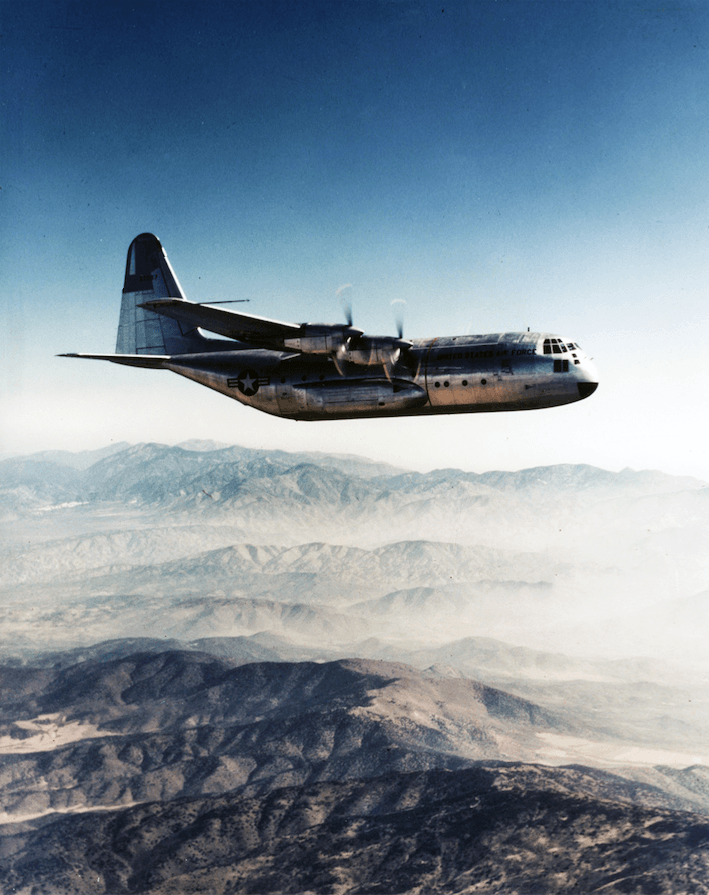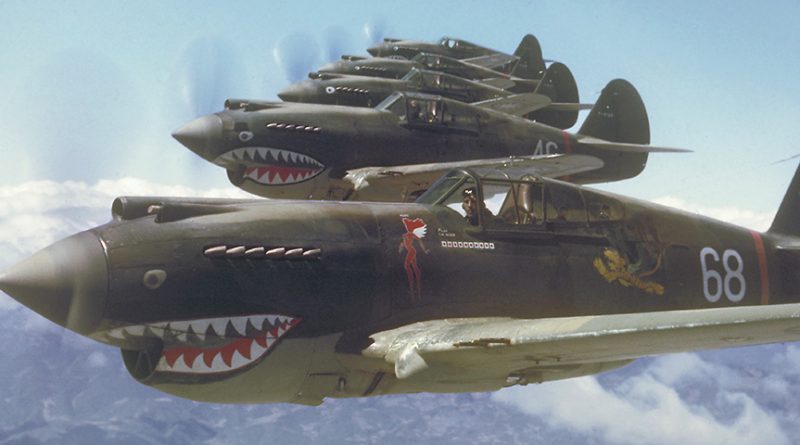August 23 in U.S. military history
1942: While Japanese reinforcements depart Truk to join the fighting on Guadalcanal, American P-40 Warhawks (featured image) with the 49th Fighter Group shoot down 15 Japanese fighters and bombers attempting to target the air base in Darwin, Australia.
1944: When Gen. George S. Patton’s Third Army reaches the Seine River, Adolf Hitler orders Gen. Hans Speidel to destroy all bridges in Paris – which Speidel ignores, as well as another order days later to target Paris with V-1 buzz bombs and V-2 rockets. Speidel’s garrison will surrender in two days and the 28th Infantry Division will parade through the streets of Paris, ending four years of Nazi occupation.
300 miles to the west in Brittany, Staff Sgt. Alvin P. Carey spots an enemy machinegun nest 200 yards up a hill that is pinning down his soldiers. He grabs as many grenades as he can carry and has his soldiers cover him, then crawls up the hill. Carey shoots a German soldier on the way up, then begins hurling grenades at the enemy position – drawing the machine gunners’ fire. Although mortally wounded, he still manages to hurl a grenade right on target, killing the crew and knocking their guns out. Carey is posthumously awarded the Medal of Honor.
1950: Over 70,000 Army Reservists are ordered to report for duty during the Korean War.
1954: A Lockheed YC-130 prototype takes off for its first flight – a 61-minute trip from the Lockheed plant in Burbank, Calif., to Edwards Air Force Base. Designed to haul a tank and take off/land on short, primitive fields, the plane lifts off in just 800 feet. Once it becomes operational, the versatile C-130 Hercules can even make takeoffs and landings on an aircraft carrier without using the catapult or wires.

Seven decades years after its first flight, the amazingly versatile combat transport plane remains in production, providing transportation, air assault, special operations, gunship, search and rescue, aerial refueling, aerial firefighting, and about any other capability you can think of to the United States Armed Forces. 70 other countries use the Hercules, which holds the distinction of the longest production run of a military aircraft in history.
1990: As American forces continue deployment to the Persian Gulf for Operation DESERT SHIELD, 46,000 Reservists are called up.
1996: Osama bin Laden issues his first fatwa, declaring war on the United States for, among other reasons, maintaining a military presence in Saudi Arabia. The founder of the terrorist group Al Qaeda’s message isn’t taken seriously until bombs kill over 200 people at American embassies in Tanzania and Kenya two years later.
